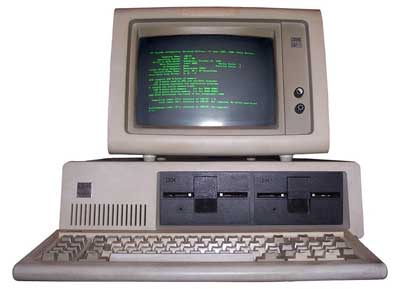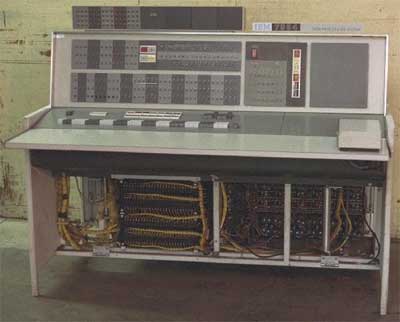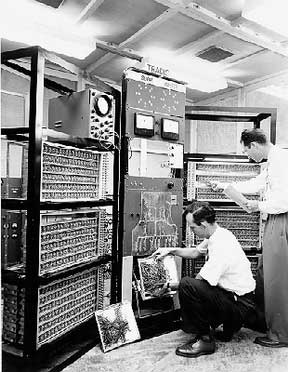Laser printers are non impact printers work on the principle of static electricity i.e.
atoms with opposite charges attract each other. The computer or digital
camera sends the matter to be printed to the printer. This information is converted into dots by an internal processor.
The most important part of the printer is the photoreceptor ,
a revolving drum which is made of photoconductive material. This drum
is given a positive charge. A laser beam is shot at it when there is a
dot making that area negatively charged. The laser beam remains off when there is blank space. This is now exposed to laser toner which is positively charged. The positively charged toner pigments get
attracted to the negatively charged areas of the electric drum. With
one complete rotation, the drum is now covered with the required image.
Next the print media ,
say a paper, which is negatively charged is passed over the drum. The
positively charged toner pigments now get attracted to the paper and the
entire image is transferred to the paper. A fusing elementapplies heat and pressure to the paper; the toner melts and adheres to the paper.
Finally
the drum is cleaned by mechanically scraping off of the toner and
electrically charging the entire drum positive once more.
Laser printers have captured the black and white printing market. However color laser printers have
not been able to match the quality of inkjet printers. Color laser
printers use four separate color toner cartridges cyan, magenta, yellow,
and black (CMYK).
Advantages
• It has high speed of operation when compared with inkjets.
•
The diameter of the laser beam shot is constant, resulting in more
precise pictures and no ink spillage problem like in inkjets.
• No ink spillage problem that is possible in inkjets.
•
Though toner cartridges cost more than ink cartridges, but they last
longer. Each cartridge yields around 2,500 to 10,000 pages. So the
running cost is not high.
• It is ideal for continuous text printing.
•
The color laser printers can print on a variety of media as the ink is
fused into the paper. Control of the final heat and pressure applied on
the paper can give a finish from matte or gloss finish.
Disadvantages
• High initial cost.
• Toner cartridges are expensive as they include the electric drum, developer unit, ozone filter and fuser
• The color printouts are not as good, not suitable for photography or high quality image printing.
• Relatively heavier than an equivalent inkjet printer
Technical Features to be checked before buying a laser printer:













